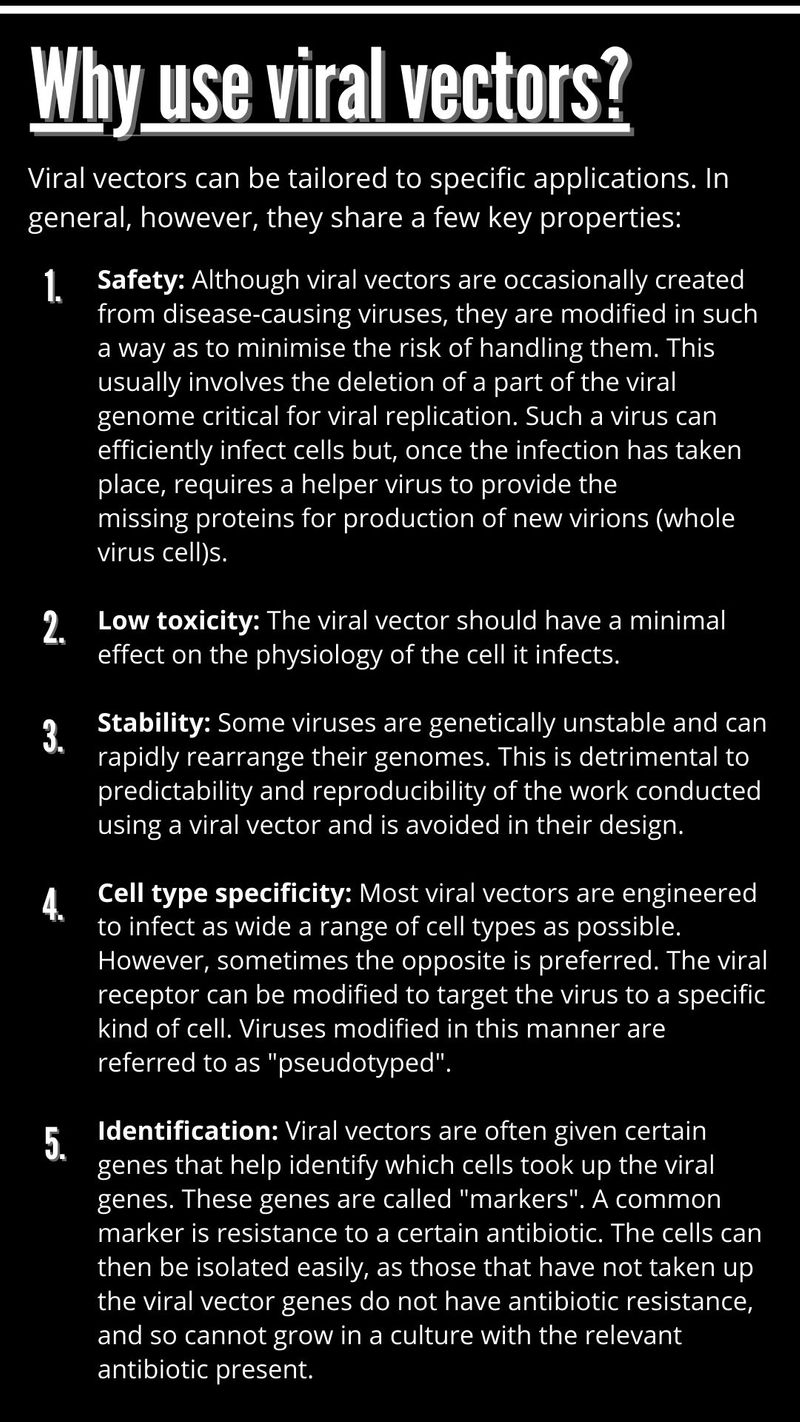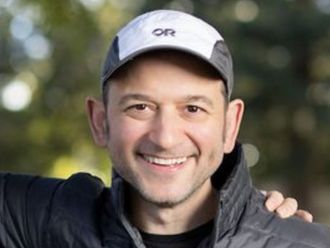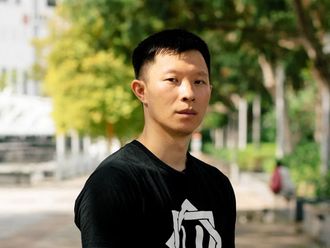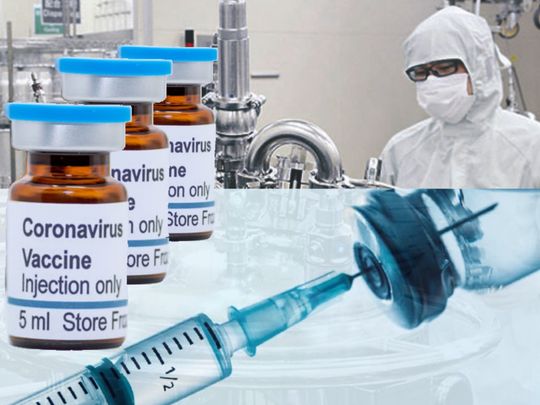
DUBAI: Is the Oxford vaccine the ultimate "dynamite" we're all looking for against the deadly coronavirus?
It's too early to say. Results of initial human trials of Oxford's candidate vaccine, known as AZD1222 (initially called ChAdOx1 nCoV-19) were published in the Lancet on Monday, July 20, 2020.
The trials, done in five sites in the UK on more than 1,000 human volunteers, showed the vaccine "might curtail" SARS-CoV-2, according to the The Lancet.
Following are the takeaways from the initial results:
Q: Who's behind the vaccine?
The University of Oxford’s Jenner Institute is developing the vaccine with British pharmaceutical giant AstraZeneca Plc. The British and US governments ($1 billion), as well as the WHO and Bill and Melinda Gates Foundation have stakes in the development.
Jenner Institute is named after Dr Edward Jenner, who invented the world's first known vaccine (used against against the smallpox) in 1796.
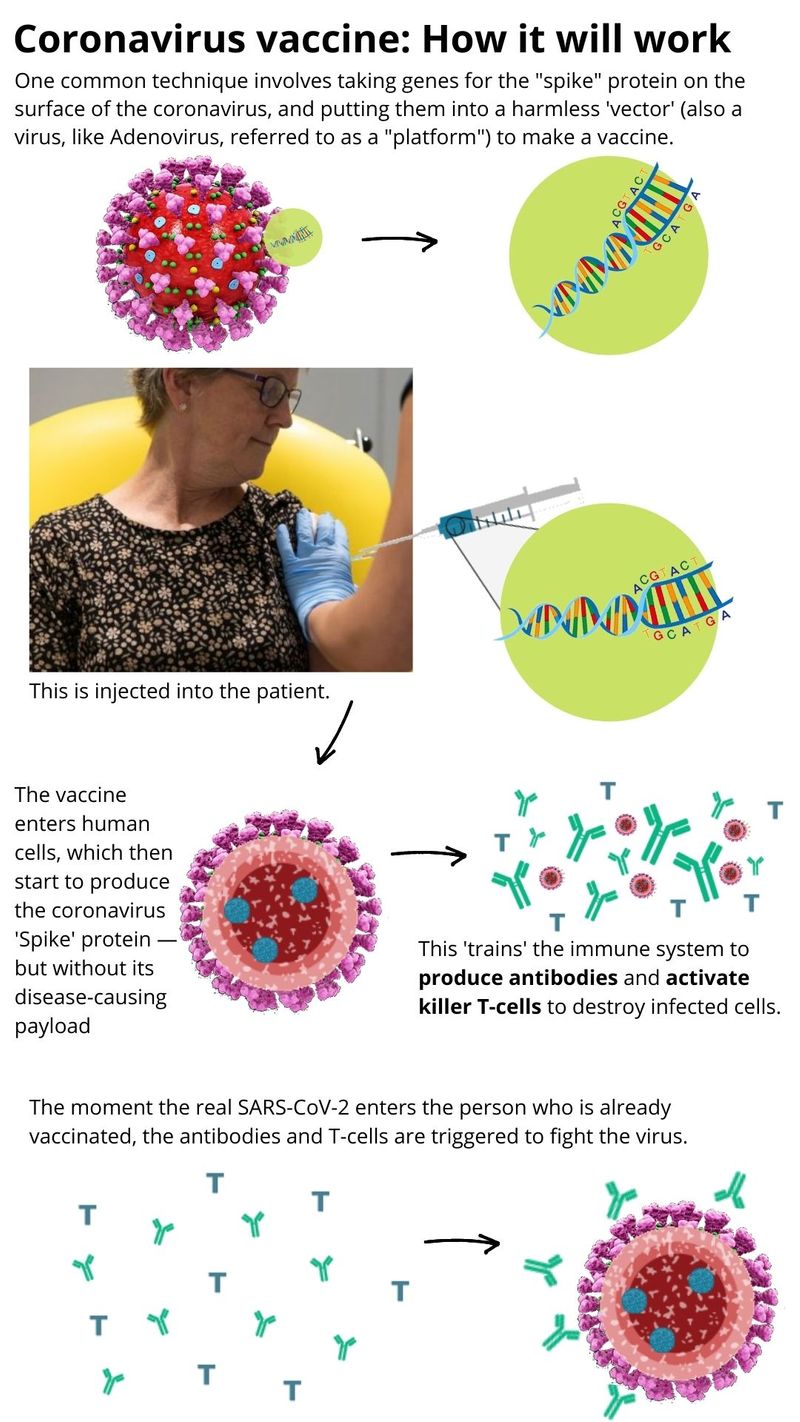
Q: What are the takeaways from the Oxford vaccine trial?
- The vaccine is safe, well-tolerated, and immunogenic (produced immune response).
- It’s an “early” human trial, done in healthy adults aged 18 years or older to determine dose for an efficacy study.
- It covered both Phases 1 and 2 concurrently, with more than 1,000 volunteers.
- In sum, the vaccine induced the production of protective neutralising antibodies and immune T-cells that target the SARS-CoV-2, the virus that causes COVID-19.
- The Lancet termed the results as “promising”.
- It’s the first vaccine trial of its type (using adenovirus platform) to be published in a peer-reviewed journal.
- The strongest immune response were seen in 10 who received two doses.
- Oxford researchers said some recipients may get protection from just one jab.
- Ultimately, they added, the data may show that the majority of people are protected by a single shot.
Q: Can we celebrate now?
It may be premature to celebrate. But the results show signs of progress. There's a global dash to find a shot that would fight COVID-19 involving countries both big and small.
However, markets are already celebrating.
A day after the Oxford vaccine study was published, oil prices spiked over 3% (as of Tuesday, July 21,2020), and so did Asian stocks. Nasdaq, too, climbed 2.51%, and the Dow qwas 0.03% and S&P by 0.84% at the end of Monday trading.
Q: Why are the Oxford vaccine trials significant?
Due to the numbers involved: there were 1,077 human subjects given the candidate vaccine. It's one of the biggest early-stage clinical trials in terms of human volunteers.
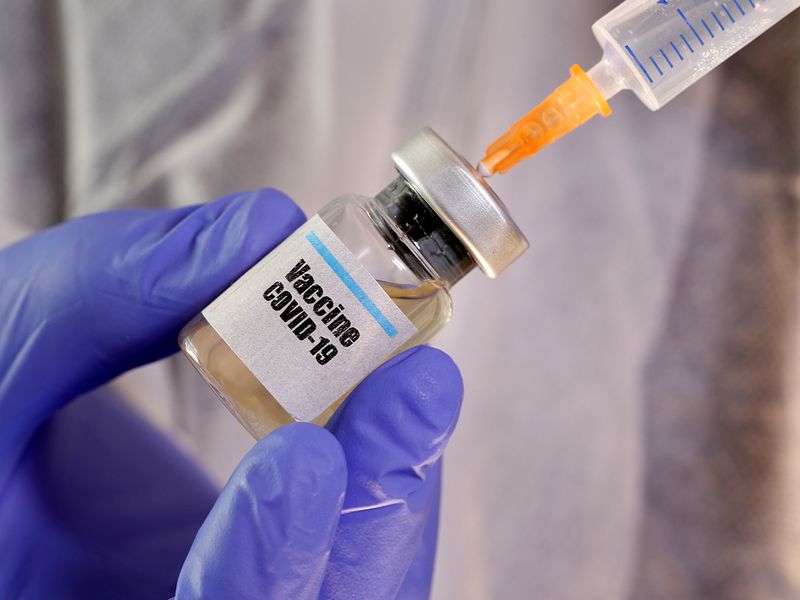
Second, the manner the study was conducted: It’s a combined Phase 1 and 2 research. Typically, a Phase 1 study involves only a few (20 to 80 people), aimed to test whether a drug or therapy is effective. A Phase 2 typically involves around 300 subjects/volunteers.
The vaccine is safe, well-tolerated, and immunogenic. The final, Phase 3 trials will be done next.
Q: If approved, how many units of Oxford’s AZD1222 vaccine will be produced?
Different reports throw up different numbers.
◙ One report states that 300 million of the doses will be distributed through a $750 million agreement with two charities backed by the Bill and Melinda Gates Foundation and WHO, among others.
◙ Another report states, up to 2 billion doses of the Oxford coronavirus vaccine will be developed by AstraZeneca after a $750 million deal with charities backed by the Bill and Melinda Gates Foundation. That’s $2.5 per vaccine.
◙ On May 18, 2020, the British government announced £65.5 million of new funding for the Oxford vaccine development. It’s not immediately clear how many vaccines the British NHS will get in return.
◙ On May 22, 2020, the US government has announced that it gave AstraZeneca $1.2 billion to fund the Oxford vaccine development. In return, the US would get 300 million doses — starting from October 2020. That’s $4 apiece.
Q: What about low-income countries? How many vials will they get?
It’s not immediately clear. But AstraZeneca has partnered with the Serum Institute of India (SII) to mass produce the vaccine. The intent is to supply those doses to low-and-middle income countries. If approved, up to 400 million of these should be ready by the end of 2020, according to one report.
Q: Is there a guarantee this vaccine will work?
No. There are no guarantees this Oxford vaccine, or any of the vaccines now under development, will work in real-life situations — even if all of them get past the Phase 3 trials. The clinical phases do offer scientific markers that they may work, but there are no absolute guarantees.
There are so many potential variables involved, including age and health condition of the person getting the shot.
The results out in The Lancet Monday, however, offer a good indicator at least one may work.
Q: Why is Oxford-AstraZeneca, others like Pfizer/BioNTech and Moderna pushing ahead with production even before approval?
All of them have obtained direct government funding, so it’s the taxpayers who are taking direct risk, in case the shots don’t work.
Still, the developers are pushing ahead with production anyway, in order to shorten the timeline — in case their vaccine does prove effective.
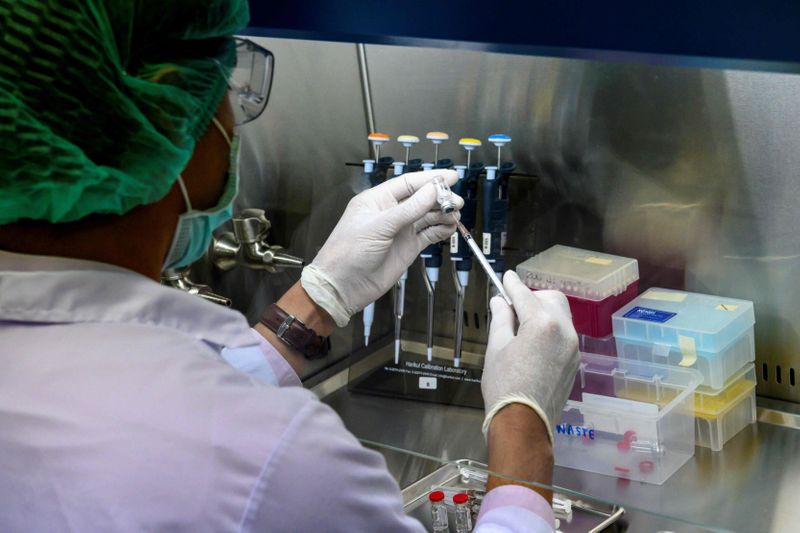
Q: Vaccine development before and now: What’s the difference?
Vaccines used to take time to develop: an average of >8 years, from the time the smallpox vaccine was discovered in 1796 until 2018.
Recruitment of volunteers was a massive challenge then. And study results were announced on dead trees.
Now, literally thousands of people offer up their own bodies as guinea pigs for yet unproven vaccines, recruited through online portals. Human trials in diferent stages are being conducted concurrently in different continents.
Today, communication between scientists is much faster, too. And trial results are announced on Twitter. That was the case with Oxford's AZD1222 trial vax.
Results were pre-announced via Lancet’s twitter account. Indeed, times they are a-changing.
Q: What is an adenovirus vaccine?
The Oxford shot is a recombinant adenovirus type-5-vectored COVID-19 vaccine.
An adenovirus vaccine contains live adenovirus Type 4 and Type 7. In the US, adenovirus vaccine is only available for United States military personnel. There is currently no adenovirus vaccine available to the general public.
In general, it prevents most illness caused by these two virus types. But Oxford's AZD1222 vaccine only uses adenovirus as a vector (carrier).
The Oxford trial is the first randomised controlled trial for assessment of the immunogenicity and safety of a candidate non-replicating adenovirus type-5 (Ad5)-vectored COVID-19 vaccine.
Viruses expressing SARS-CoV-2 proteins are currently developed as vaccines against this pathogen (disease causing agent), based on the same rationale as DNA vaccines.
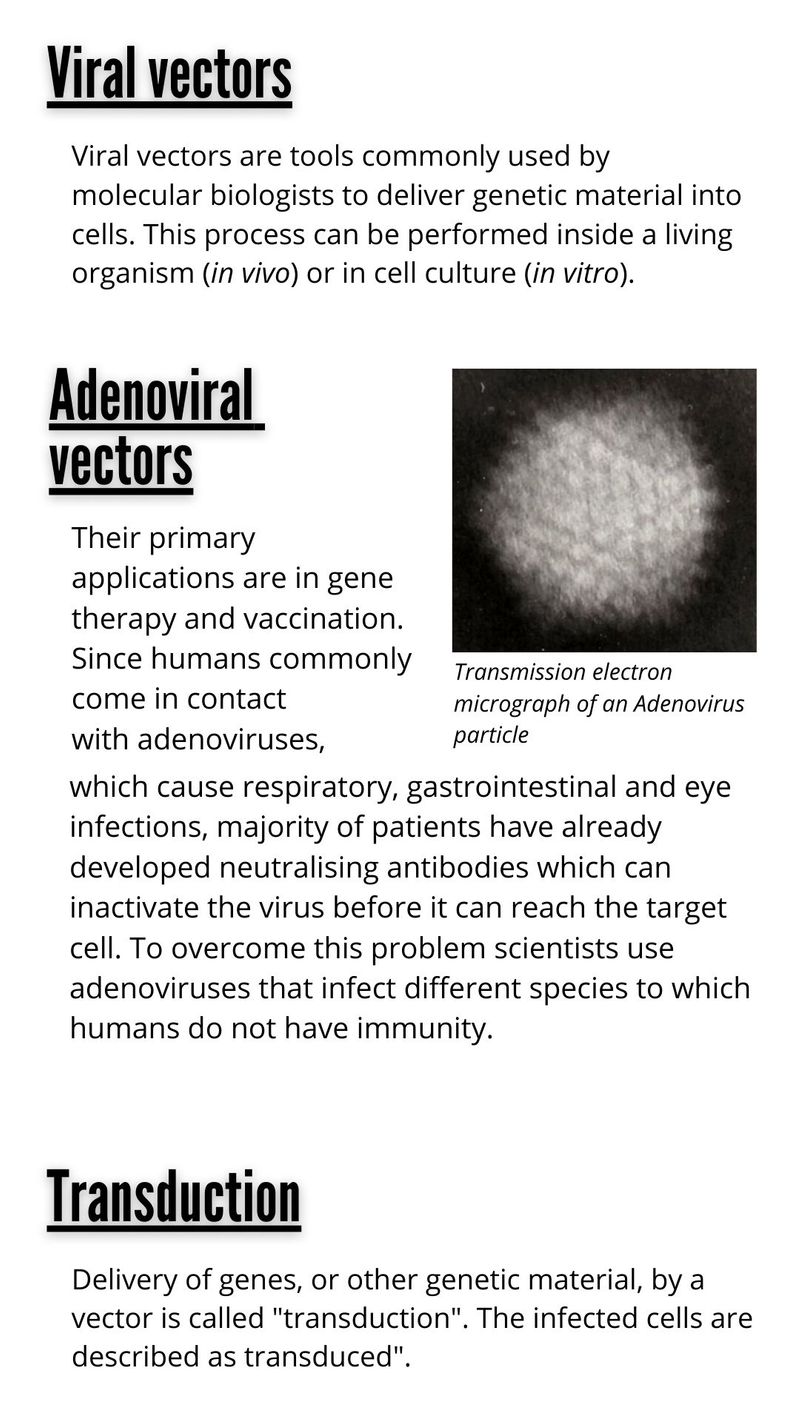
Q: Why is the vaccine race a high-stakes pursuit? What happens next?
Phase 3 trials are up next. The Phase 3 involves assessing how the vaccine works in a large number of people, with up to 10,260 adults and children (aged 56-69, aged over 70, aged between 5-12 years).
The study will find out the variation, if any, in the immune system response of older people and children. Adult participants will be randomised to receive one or two doses of either the vaccine or a licensed vaccine (MenACWY) that will be used as a “control” for comparison.
This disease has kept most of us under various forms of lockdown for several months now. Social distancing, better hygiene practices and wearing of masks do help, especially in the short term.
But a vaccine is deemed the best way to deal with the deadly pathogen over the long term.
Global trade had been severely impaired. Most industries are suffering, and tens of millions of job had been lost. The global economy is estimated to have taken a $8.8 trillion hit from COVID-19, according to the Asian Development Bank.
A good vaccine is the most sought-after "dynamite" solution against SARS-CoV-2. If at least one works and is safe, our lives could presumably go back to “normal”.
